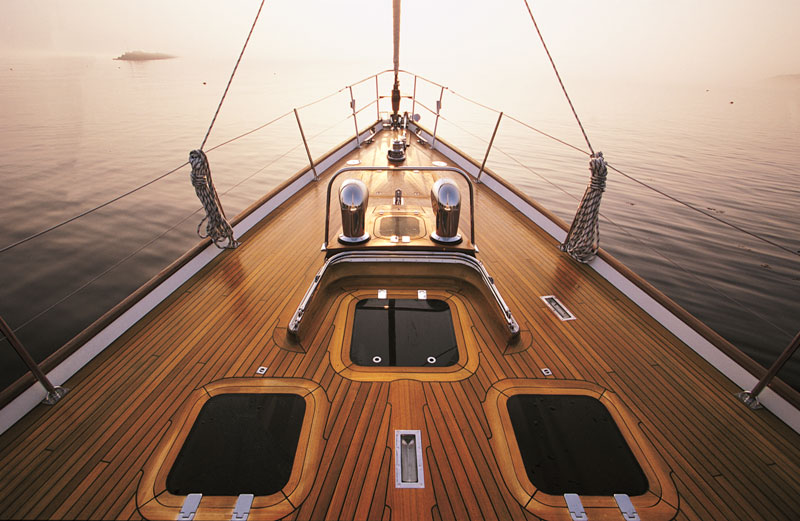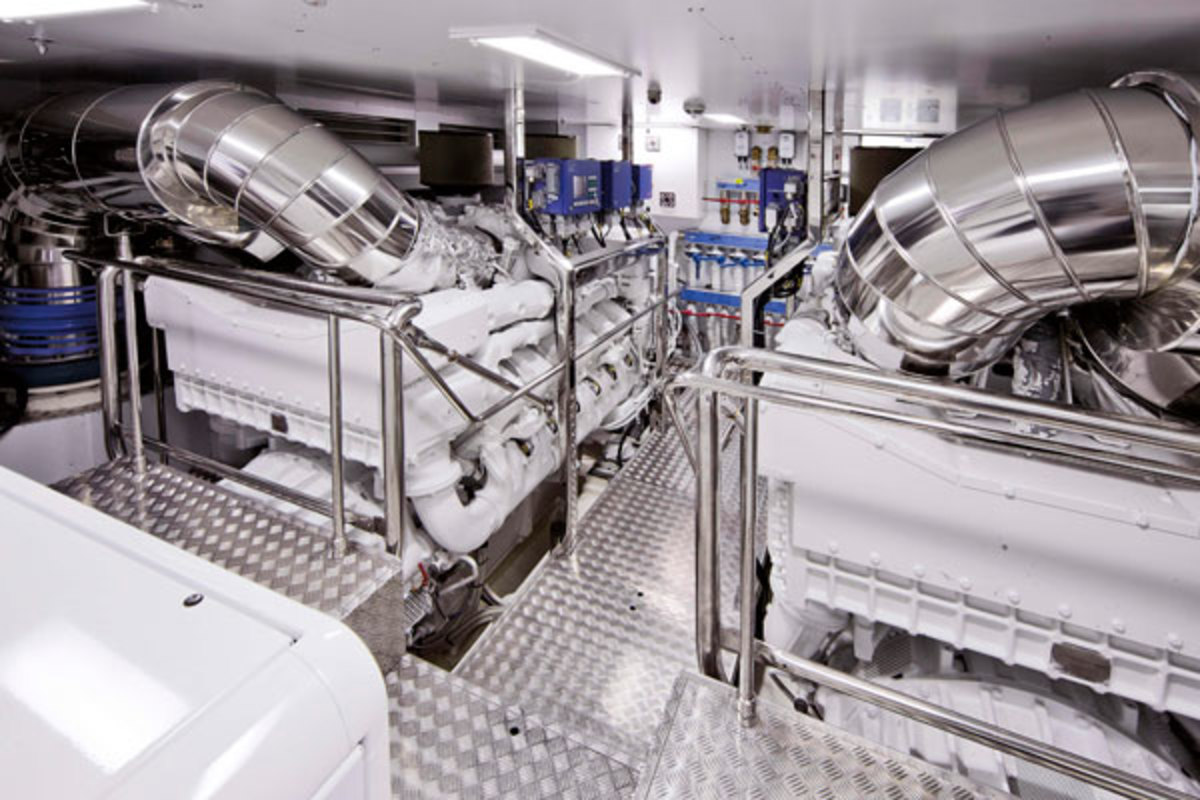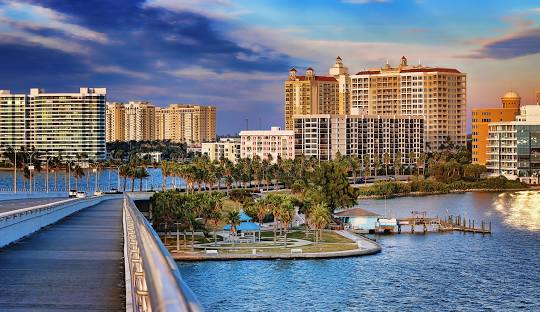Life Jacket Types: Essential Guide for Water Safety
Life jackets, also known as personal flotation devices (PFDs), are essential pieces of equipment designed to keep the wearer afloat in the water. They come in various types and styles, each suited for different activities and conditions. Understanding the types of life jackets and their intended use is crucial for maintaining safety while engaged in water-based activities.
The U.S. Coast Guard classifies life jackets into five categories, with Type III and Type V being the most popular choices for kayaking, canoeing, and stand-up paddleboarding due to their comfort and versatility. Each type of life jacket provides different levels of buoyancy and is designed for specific activities or situations. It's essential to select the right fit and ensure it is U.S. Coast Guard-approved, checking for a stamp on the life jacket.
Choosing a life jacket also requires considering factors such as size, weight limits, and functional buckles or straps. A well-fitted life jacket not only provides adequate buoyancy to keep you afloat but also ensures ease of movement, enhancing your overall experience on the water. Remember that investing in the right life jacket type can make all the difference when it comes to water safety and enjoyment.
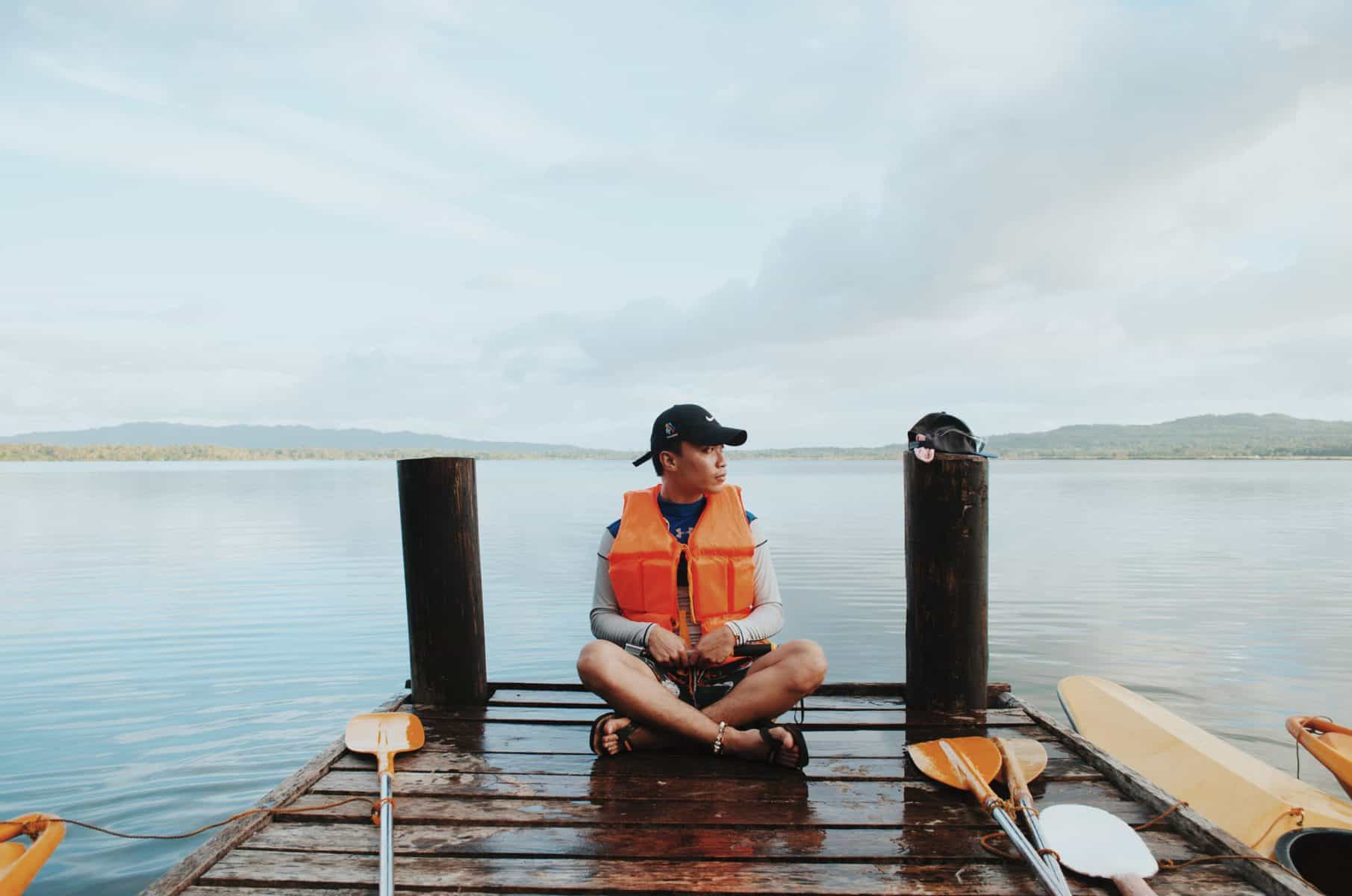
Understanding Life Jackets
Fundamentals of Life Jackets
Life jackets are essential safety equipment for various water-based activities. They provide flotation and keep the wearer's head above water, minimizing the risk of drowning. Life jackets are designed with different buoyancy levels depending on the type and intended use.
Personal Flotation Devices (PFDs)
PFDs, often used interchangeably with life jackets, come in several types based on the user's activity and water conditions. Some common examples include:
- Type I: Suitable for offshore cruising, racing, and fishing. Offers the highest level of buoyancy, at 22 lbs. for adults and 11 lbs. for child size. Best for open, rough, or remote water conditions where rescue may take longer to arrive source.
- Type II & III: These are the most commonly used for paddling and rafting activities. Type II provides a minimum of 15.5 lbs. of buoyancy, while Type III offers 15.5-22 lbs. source.
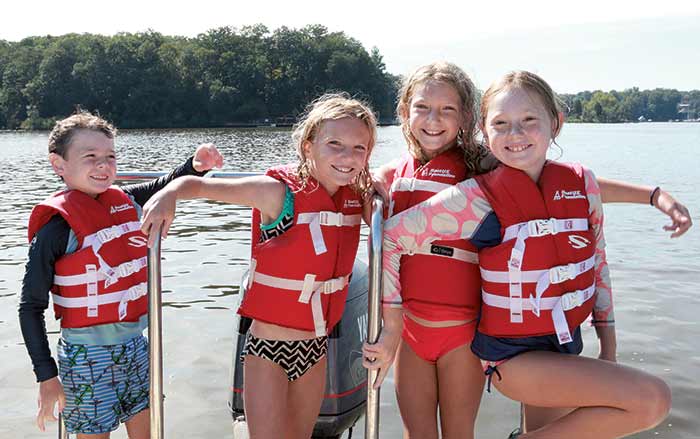
U.S. Coast Guard-Approved Life Jackets
To ensure safety, it is crucial that you select a life jacket approved by the U.S. Coast Guard. In 2014, the U.S. Coast Guard removed the "Type" codes from the Code of Federal Regulations; however, many manufacturers still use the old codes to categorize their products by use and performance.
For a life jacket to be U.S. Coast Guard-approved, it must meet specific criteria:
- Proper weight and size requirements for the user.
- Appropriate buoyancy and design for the intended water activity.
- Clearly labeled and unaltered U.S. Coast Guard certification.
- Good condition without visible damage or degradation of materials.
Life Jacket vs Buoyancy Aids
While life jackets and buoyancy aids serve similar purposes, they are distinct in function:
- Life jackets: Designed to auto-right the wearer and keep their head above water even if unconscious. Suitable for all types of water activities, especially those involving increased risk or distance from rescue.
- Buoyancy aids: Offer a lower level of buoyancy compared to life jackets and are designed to assist users who can swim. Primarily intended for activities like canoeing, kayaking, or sailing, where users may need to move more freely.
When choosing the appropriate life-saving gear, always consider your specific activity, water conditions, and swimming capabilities.
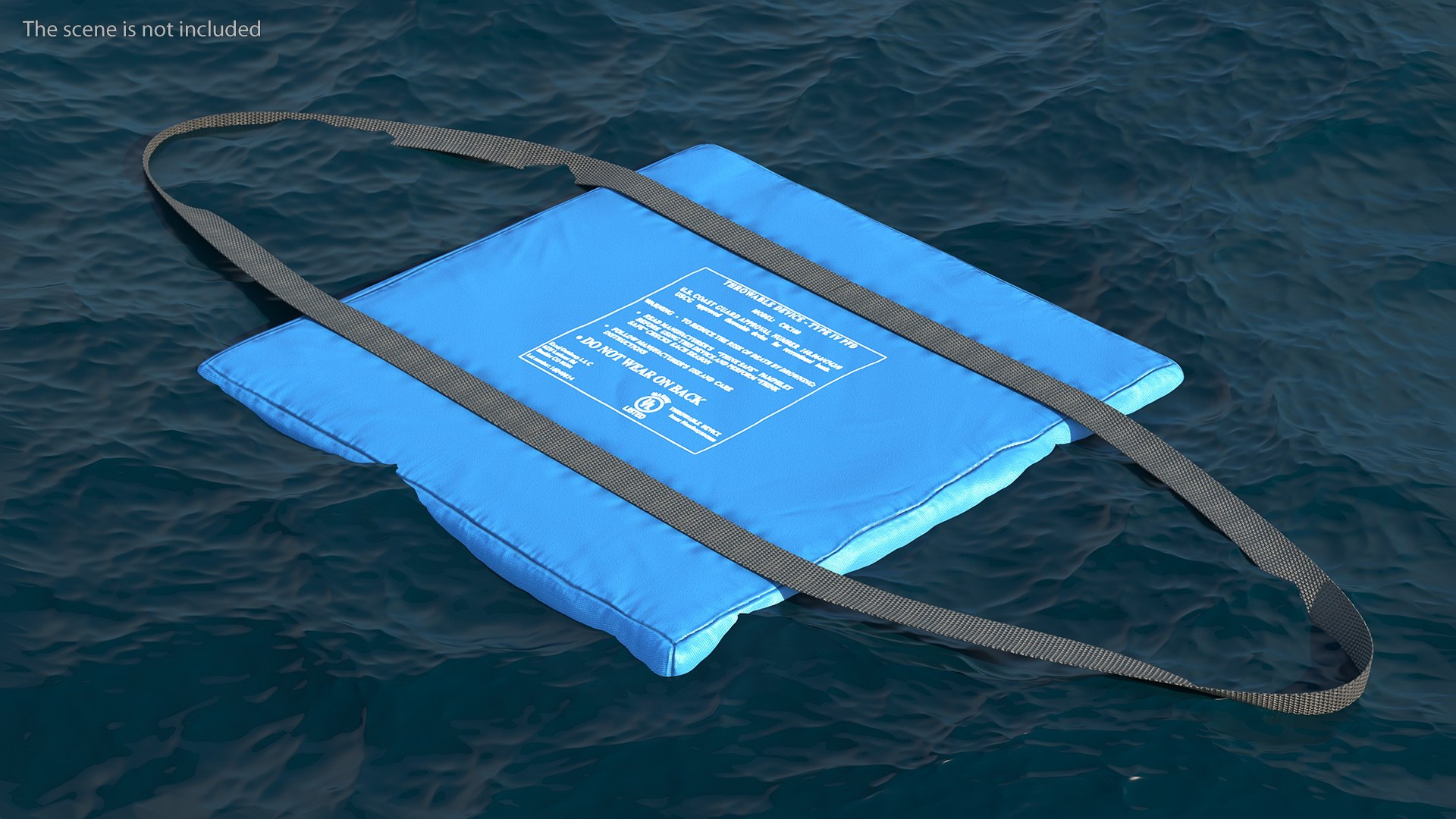
Life Jacket Types and Their Uses
Type I: Offshore Life Jackets
Type I life jackets, also known as offshore life jackets, are designed for use in open, rough, or remote waters where rescue may take longer to arrive. They have a minimum buoyancy of 22 lbs. for adults, making them the most buoyant among all life jacket types, and ensuring that the wearer stays afloat with their head above the water. These life jackets are suitable for activities such as cruising, racing, and fishing offshore, as well as for those boating alone or in stormy conditions1.
Type II: Near-Shore Vests
Type II life jackets, or near-shore vests, are suitable for calmer waters and in situations where quick rescue is more likely. They are less bulky than Type I life jackets and turn some unconscious wearers face-up in the water. However, they may not be as effective as Type I jackets in rougher conditions2.
Type III: Flotation Aids
Type III life jackets, known as flotation aids, are designed for comfort and freedom of movement, making them great for water sports, such as kayaking or sailing. They offer a minimum buoyancy of 15.5 pounds, comparable to Type II life jackets3. Although Type III jackets may not turn unconscious wearers face-up as consistently as Type I or II jackets, they come in various designs and are the go-to choice for most recreational boaters4.
Type IV: Throwable Devices
Type IV life jackets are throwable flotation devices, such as ring buoys or horseshoe buoys4. They are not worn but rather meant to be thrown to someone who's struggling in the water. These devices should always be readily accessible and are often required on boats in addition to wearable life jackets for each person onboard5.
Type V: Special Use Devices
Type V life jackets are designed for specific purposes, and their use depends on the specific activity they're intended for3. Examples include deck suits, sailboard harnesses, and belt packs6. Be sure to check the device's label to verify that it is Coast Guard approved for your intended use7.
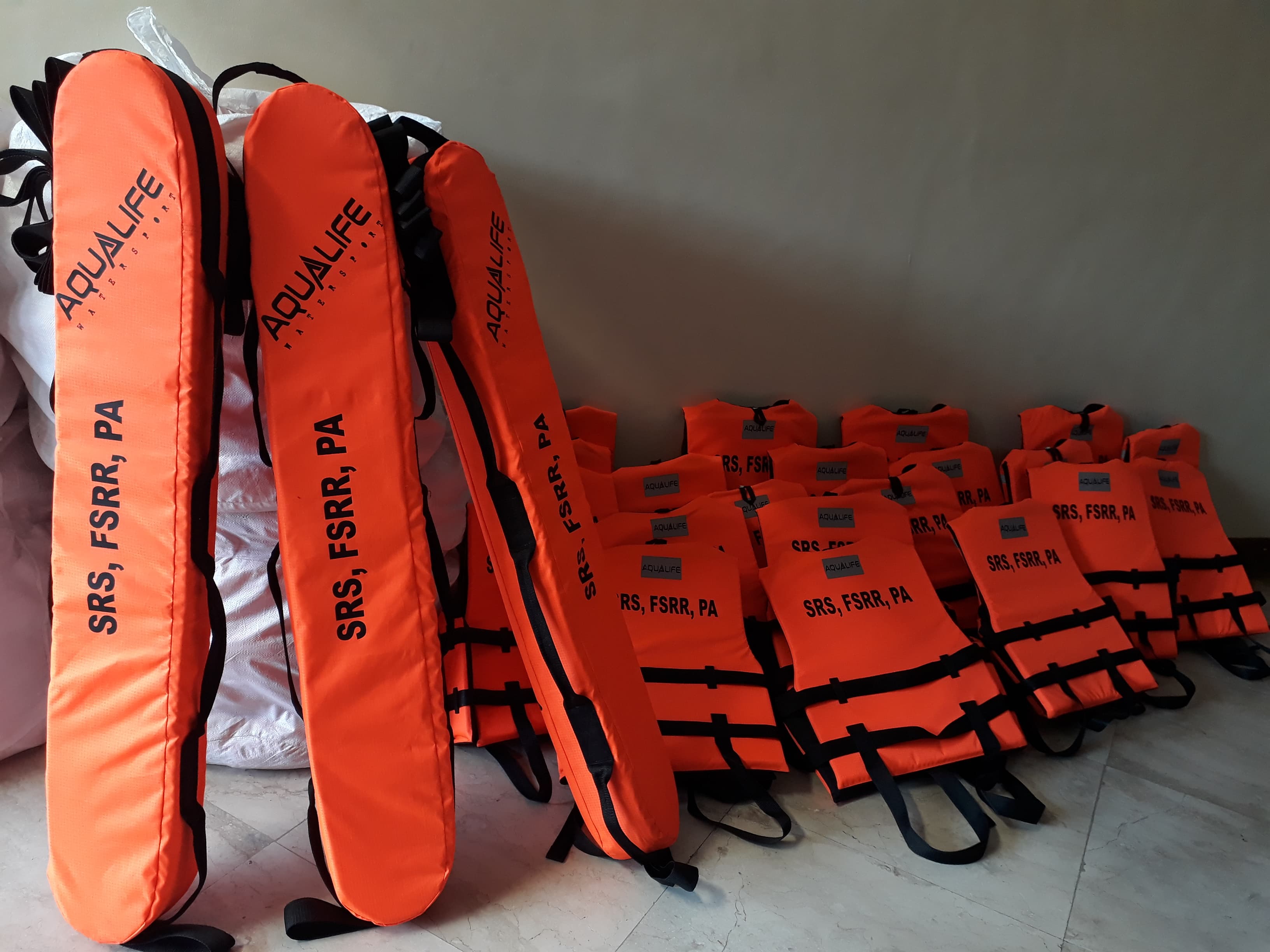
Design and Material Considerations
When it comes to life jackets, several factors play a crucial role in their design, material, and overall performance. In this section, we will discuss buoyancy materials, life jacket fabrics, inflatable PFDs, and additional features.
Buoyancy Materials
Life jackets use different materials to provide the necessary buoyancy. One common material is foam. It is lightweight and cost-effective, ensuring adequate flotation for the wearer. There are various types of foam used, each with its unique properties and performance levels. Examples include:
- Polyvinyl chloride (PVC)
- Polyethylene (PE)
- Expanded polystyrene (EPS)
Life Jacket Fabrics
The outer covering of a life jacket is usually made from durable materials to ensure the PFD can withstand wear and tear. The most common fabric choices are nylon and neoprene. Here are some key differences between these materials:
- Nylon: Lightweight, dries quickly, and is generally less expensive.
- Neoprene: Provides added warmth, more comfortable fit, and is more resistant to abrasions, but can be pricier.
Inflatable PFDs
Inflatable life jackets, also known as inflatable PFDs, are an increasingly popular choice due to their low-profile design and comfortable fit. These life jackets use CO2 inflation mechanisms to inflate the PFD when required, either automatically or manually. Some benefits of inflatable PFDs include:
- Slim design for enhanced mobility
- Lightweight and comfortable fit
- Easy to stow when not in use
However, inflatable PFDs may not be suitable for certain activities, such as those involving high-impact water sports.
Additional Features
Other design aspects and features play a role in the overall effectiveness and comfort of a life jacket. Some of these additional elements include:
- Front zip: For easy donning and a secure fit
- Armholes: Designed to provide extra mobility while wearing the life jacket
- Loops: Used for attaching accessories and other items to the PFD
- Ventilation: Some life jackets offer mesh or vented panels for improved airflow
- Quick-release buckles: Allow for speedy removal of the life jacket in case of emergency
In summary, when choosing a life jacket, it's essential to consider the key design elements, including buoyancy materials, fabric choices, inflatable PFDs, and additional features, to ensure a comfortable and safe experience on the water.
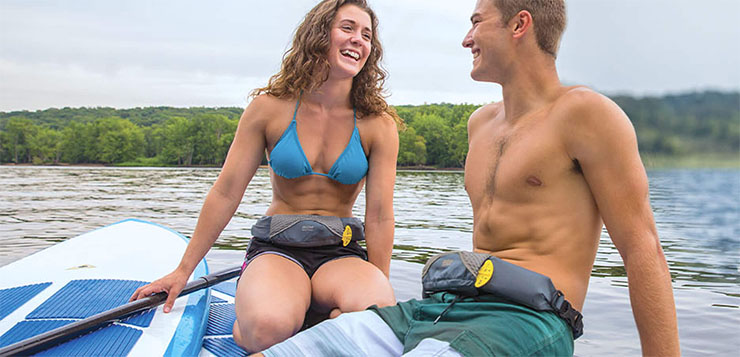
Choosing the Right Life Jacket
Weight and Size Requirements
Before purchasing a life jacket, it is essential to consider the weight and size requirements to ensure a proper fit. Life jackets are designed for different body weights, from children to adults. Check the label on the life jacket for weight and size limits, as well as the U.S. Coast Guard approval stamp (source).
Activities and Water Conditions
Different life jackets are suited for various activities and water conditions. For paddling, rafting, and other water-based activities, Type III and Type V life jackets are most commonly used. These types provide both comfort and arm mobility, which is essential when engaging in sports like wakeboarding or skiing (source).
- Type III: Offers a minimum of 15.5 pounds of buoyancy and is popular among recreational boaters due to its variety of designs.
- Type V: Designed for specific purposes, such as rescue operations, racing, or anglers.
Consider the expected water conditions as well. For rough or remote waters, it is important to choose a life jacket with adequate buoyancy and support to keep unconscious wearers afloat.
Fit and Adjustments
A proper-fitting life jacket should feel snug and secure without being too tight or restrictive. Look for adjustable straps and buckles to ensure a comfortable fit. Some life jackets come with additional features like pockets for storage or crotch straps for added security. Remember to check the fabric and straps for signs of wear or damage before use (source).
Color and Visibility
Choosing a life jacket with high visibility colors, such as bright oranges or yellows, can significantly impact safety during water activities. Bright colors not only make it easier for rescuers to spot the wearer in case of emergencies but also help improve visibility among other water users. Some life jackets may feature reflective materials or patterns to further enhance visibility (source).
Remember, selecting the right life jacket depends on various factors - from the wearer's weight and size to the specific activity and water conditions. Ensuring a proper fit and prioritizing visibility can greatly contribute to overall safety and enjoyment during water adventures.

Life Jacket Safety and Maintenance
Proper Use and Wearing
When engaging in water activities such as fishing, boating, kayaking, or even swimming in pools, it is crucial to wear a life jacket that fits well. Be sure to select a life jacket that is U.S. Coast Guard-approved, as indicated by the stamp on the product (source). Always check the label for weight and size limits to ensure it is appropriate for the intended user. Fasten all buckles and straps securely for optimal safety and efficiency.
There are different types of life jackets designed for specific activities like:
- Fishing
- Kayaking
- Paddling
- Sailboarding
Choose a life jacket that best suits your activity to maximize safety and comfort (source).
Inspection and Care
Proper maintenance is essential to keep your life jacket in good condition. At the beginning of each season, inspect all hardware, straps, and fabric for signs of wear or damage. Be on the lookout for leaks, mildew, lumpy or hardened buoyancy material, and oil saturation in the fabric (source). Ensure all components are firmly attached and operational.
For regular care, avoid storing your life jacket in direct sunlight or damp conditions, and rinse it off with clean water after use. This will help prevent deterioration and prolong the life of your life jacket.
Replacing a Life Jacket
A life jacket should be replaced if it exhibits any of the following issues:
- Torn fabric or loose straps (source)
- Compromised hardware or straps
- Leaks, significant mildew presence, or hardened buoyancy material (source)
- Changed user requirements (e.g., weight, size, or activity)
A properly maintained life jacket is not only vital for safety in various water and ice-related activities but also ensures versatility and reliable performance for years to come.
Footnotes
- BoatUS Foundation ↩
- REI Co-op ↩
- NRS ↩ ↩2
- Discover Boating ↩ ↩2
- American Red Cross ↩
- Life Jacket Types & PFDs ↩
- How to Choose the Right Fit ↩
Charlie is Editor-in-Chief of Sea Magazine
